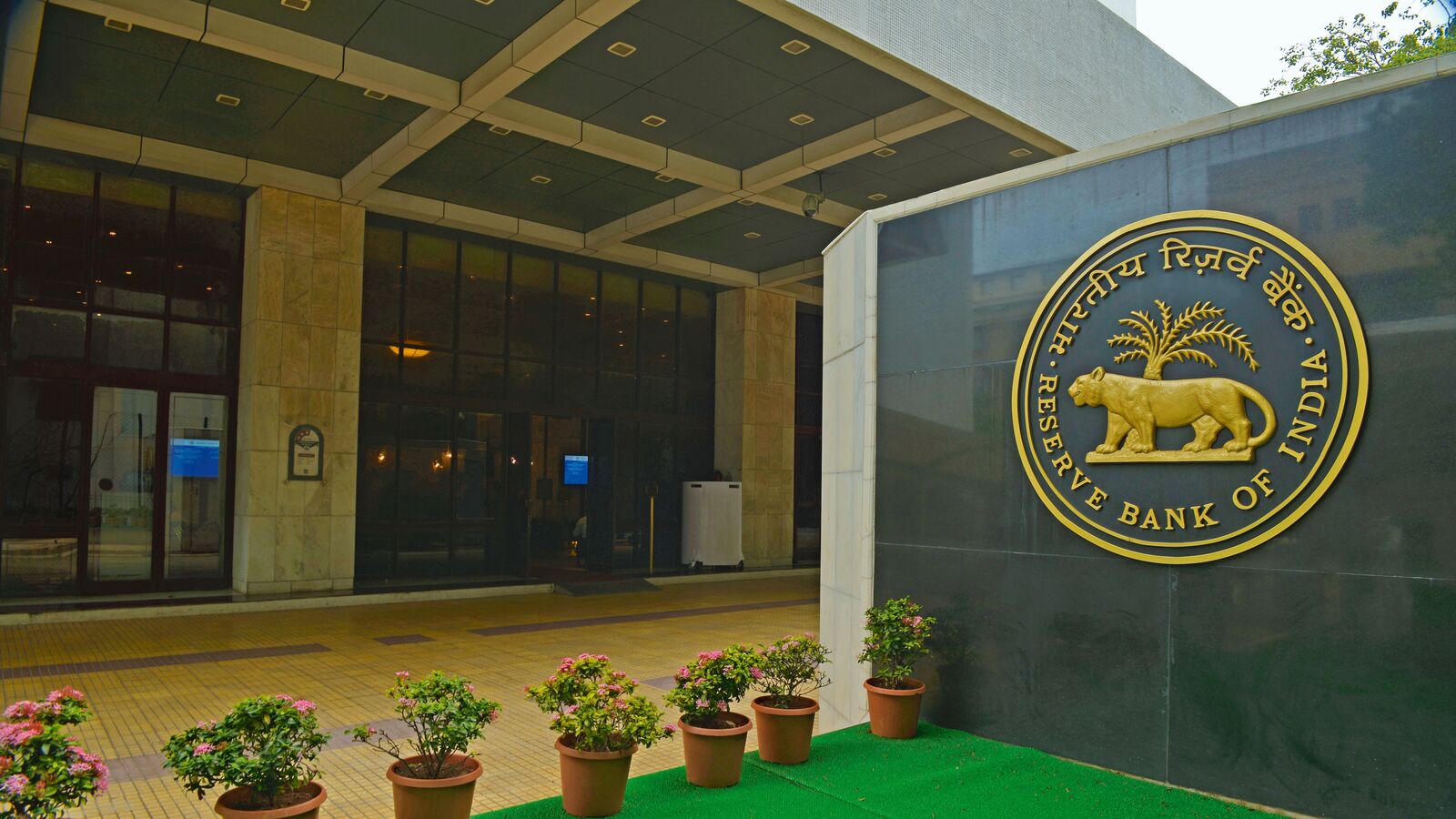The Reserve Bank of India (RBI) is poised to implement further monetary easing in its upcoming April Monetary Policy Committee (MPC) meeting. Insights from Bank of America (BofA) Global Research suggest that the central bank may lower the repo rate by 25 basis points, resulting in an adjusted rate of 6 percent. This anticipated rate cut aligns with favorable economic indicators, including low headline inflation projected to remain under 4 percent in the near term.
Economic Indicators Favor Rate Cuts
BofA emphasizes that the current economic landscape supports the RBI’s decision to continue its rate-cutting cycle. Key factors include:
- Stable growth: The economy is experiencing stable yet non-inflationary growth.
- Subdued price pressures: Inflationary pressures are easing, allowing room for policy adjustments.
While the potential introduction of reciprocal tariffs on April 2 could introduce some uncertainty, BofA believes any impact on growth and inflation will be minimal, likely not affecting the upcoming MPC decision.
Projections for Growth and Inflation
According to BofA, the RBI’s economic forecasts for the fiscal year 2026 (FY26) estimate GDP growth at 6.7 percent. However, this may be overly optimistic compared to BofA’s projection of 6.5 percent, which aligns with the Ministry of Finance’s expectations of 6.3-6.8 percent. Although the brokerage does not foresee drastic changes to growth estimates, slight downward adjustments are possible due to recent GDP base revisions.
On the inflation side, BofA predicts that the RBI’s target for Q4 FY25 inflation, currently set at 4.4 percent, might fall short by 40-60 basis points based on their tracking estimates. The anticipated inflation figure for FY26 of 4.2 percent could also be conservative, considering the decline in oil prices and a stabilizing currency.
Continued Monetary Easing and Liquidity Support
BofA forecasts that the RBI will remain committed to its rate-cutting strategy, which commenced during the February MPC meeting. The firm expects the central bank to provide forward guidance aimed at fostering growth while managing inflation within the 2-6 percent range.
- Cumulative cuts: BofA anticipates a total of 100 basis points in rate cuts throughout this cycle, including the 25 basis points from February, potentially lowering the repo rate to 5.5 percent by the end of 2025.
Additionally, the RBI is likely to maintain liquidity support, having injected approximately ₹5 trillion into the banking system since December through various operations. Further measures are expected to enhance credit availability.
Potential Revisions in Economic Forecasts
In the upcoming April MPC meeting, the RBI may revise its growth and inflation forecasts downward. Despite a positive historical growth trajectory, recent GDP data does not indicate a robust recovery. BofA anticipates a moderate decline in growth estimates for FY26 coupled with lower near-term inflation forecasts, particularly due to a significant drop in food prices.
Gradual Growth Recovery Expected
During the February policy meeting, the RBI projected FY26 GDP growth at 6.7 percent, slightly above its FY25 estimate of 6.4 percent. However, BofA highlights that recent data suggests a cautious recovery. Their projections indicate growth may rise from 6.3 percent in FY25 to 6.5 percent in FY26, supported by various growth trackers and high-frequency indicators.
Near-Term Inflation Outlook
As the RBI prepares to publish its long-term inflation forecasts in April, BofA expects a downward revision in near-term inflation projections. The firm notes that while current food inflation is moderating, the RBI may still factor in potential inflationary pressures from rising summer temperatures. Nonetheless, BofA does not foresee headline inflation dropping significantly below 4 percent in the forecast period, estimating a Consumer Price Index (CPI) inflation rate of 4.1 percent for FY26, slightly below the RBI’s 4.2 percent projection.
In summary, the RBI’s upcoming monetary policy meeting is set against a backdrop of easing inflation and stable growth, with expectations of continued rate cuts and careful management of liquidity to support the economy.











